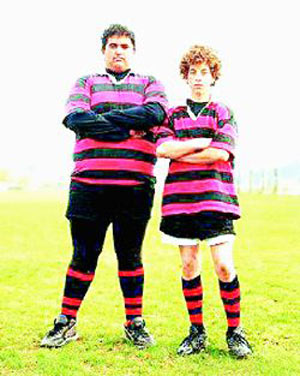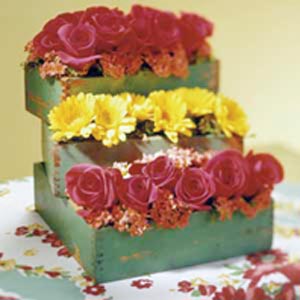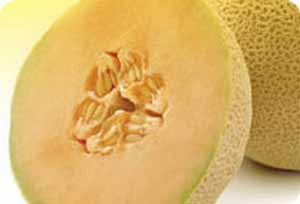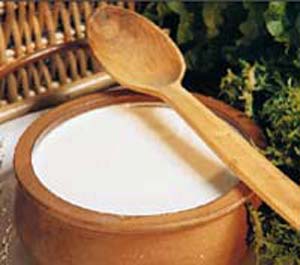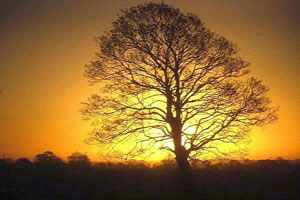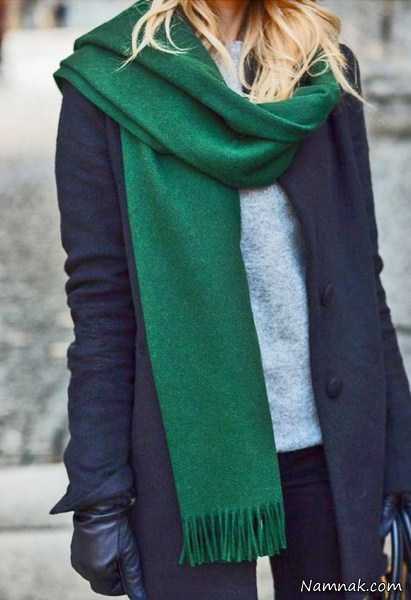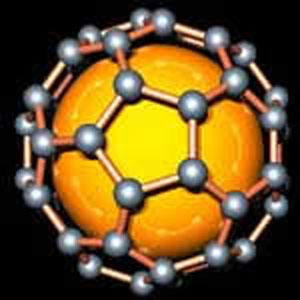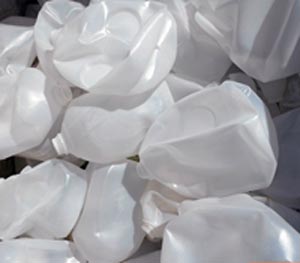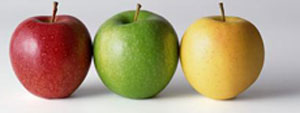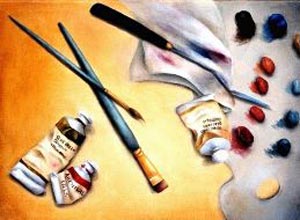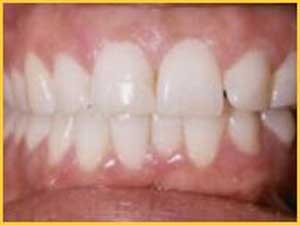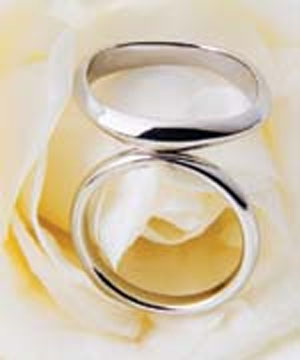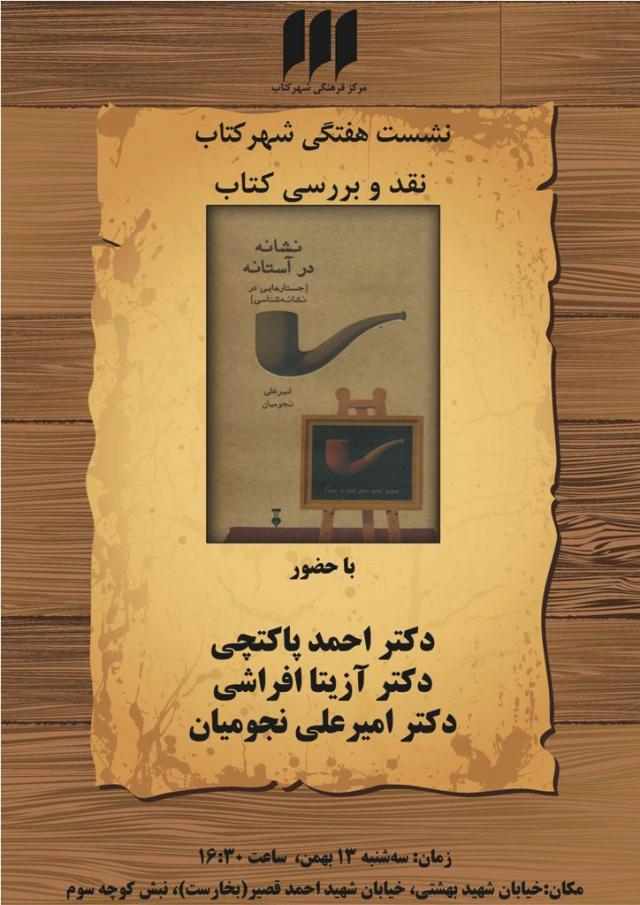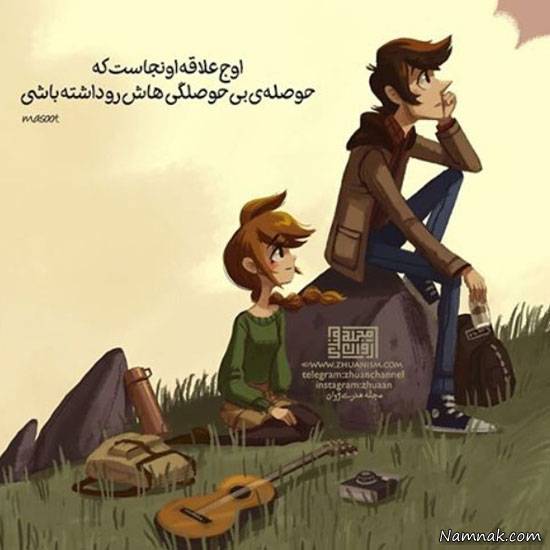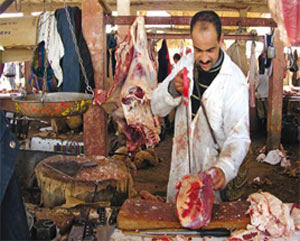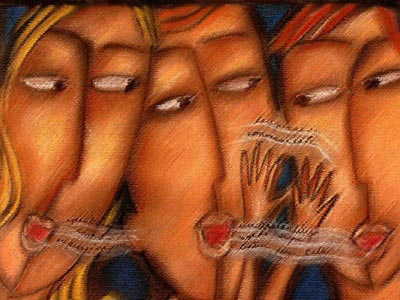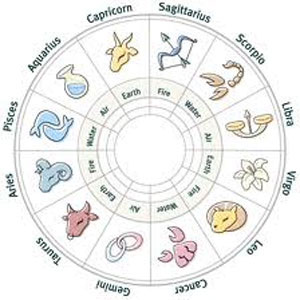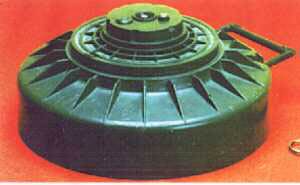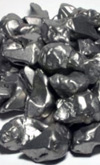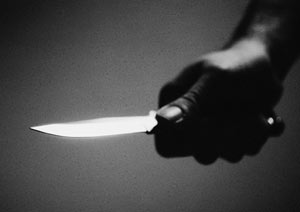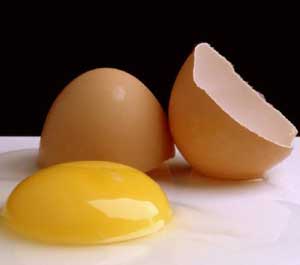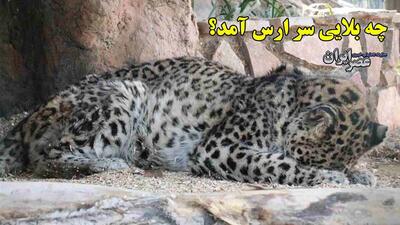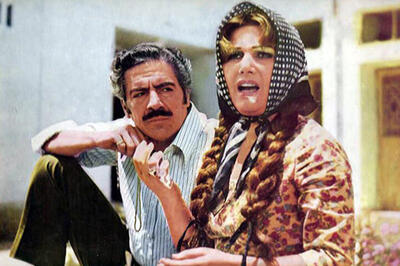پنجشنبه, ۱۳ اردیبهشت, ۱۴۰۳ / 2 May, 2024
مجله ویستا
نقاب ها(1): ژاپن
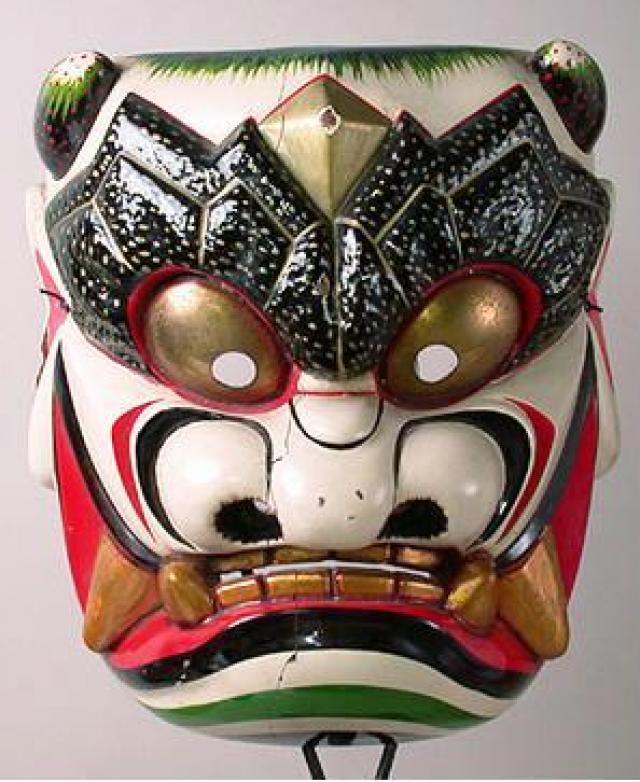
گروه بین المللی و ترجمه
مجموعه جدیدی که از این پس در بخش اسناد منتشر خواهد شد، نقاب های فرهنگ های مختلف جهان را در قالب ده نمونه از هر فرهنگ ارائه خواهد داد. نخستین گروه از این نقاب ها به تمدن و فرهنگ ژاپنی تعلق دارند. برای هر نقاب خوانندگان توضیحات مهمی را درباره منشا، جنس نقاب، اندازه و مصرف آن را به زبان انگلیسی می یابند. این مجموعه از سایت معتبری که برای فروش این نقاب ها آنها را عرضه می کند، برداشت شده و منبع در انتهای هر مجموعه آمده است. برای سهولت از استفاده از منابع این بخش عکس نقاب ها در هر مورد به صورت پرونده ای الصاقی به مطلب متصل شده است.
برای مشاهده عکس نقاب ها در زیر کلیک کنید:
Japan -1
7.5 inches, painted wood, hair
Inscription on back says made by NAOTAKA HIGASHI. Exact age is unknown, but this was carved after 1868 (the Meiji period). Though the mask shows considerable paint loss and other damage, it is stable and displays quite well. Quality of carving is high, painting is mediocre. Carved wood Noh masks of this age are quite desirable.
Japan -2
3.3 inches, painted wood with hair
This miniature mask of an elderly man is made of carved wood and covered in gofin, a crushed shell paste which creates a smooth base for the final painting. The rear has been coated in red lacquer. It is quite old, probably from Meiji Period (about 1900). The professionally-made black steel stand is included.
Japan- 3
8 inches, painted papier mache
Referred to as Kyogen masks, these are characters used for the comic interlude in classic Noh plays. They are also popular with street performers and the general public. The character is supposed to look like he’s blowing out a fire.
Japan – 4
8 inches, painted composite
This particular style dates back to the 1000-year-old Gigaku tradition and has been popular ever since. An expert on Japanese culture recently told me this is a tengu, the god that is part man and part crow. It is a classic spirit in plays that can kill you or help you, inspiring fear among Japanese people even today. Molded out of a composite similar to heavy papier mache, the likeness is painted with several layers of lacquer. Rough and worn, this small mask now has a nice patina.
Japan – 5
9 inches, painted molded material
A wild Kyogen mask depicting one of the gods. I’m not sure what this is made of, but it has been carefully hand-painted with many layers of lacquer. Despite a crack running from top to bottom and several chips, this is a stunning piece.
Kyogen originated in the 14th century, around the same time as the Noh plays. Actors perform the drama wearing masks. The Noh drama centers around themes such as spirituality, love and revenge. In contrast, Kyogen offers comic relief and satirical humor performed between the acts of Noh performances.
Japan- 6
8 inches, painted ceramic
Okina (or Hakushikijo) is the name of this very popular Noh character. He makes for an especially stunning piece of art the Japanese like to hang in their homes... as do many others around the world. True Noh masks are made of wood (not ceramic like this one) and cost thousands of dollars even for those made in recent years. Old ones are in the homes of millionaires or museums
Japan -7
8 inches, painted papier mache
Also known as Uzumi or Okame, Otafuku is the name for the female half of a traditional Japanese Kyogen theatre pair She is considered to be the goddess of mirth and is frequently seen in Japanese art. Part of the Kyogen category of masks, this is a character used for the comic interlude in classic Noh plays. It is also popular with street performers and the general public.
Japan - 8
Japan, Orient Asia
9 inches, painted wood
Kyogen originated in the 14th century, around the same time as the Noh plays. Actors perform the drama wearing masks. The Noh drama centers around themes such as spirituality, love and revenge. In contrast, Kyogen offers comic relief and satirical humor performed between the acts of Noh performances.
In the world of masquerade, asymmetrical designs of contorted faces are fairly unusual. (Two other examples would be the Iroquois False Face Society and the Pende sickness masks.) This mask is old and has an attractive natural patina. There is an inventory number on the rear. Authentic, used Japanese wooden masks like this are very rare in today's market.
Japan- 9
12 inches, painted wood
Very well carved out of excellent-quality wood. The jaw moves up and down.
Shishi-mai, a "Lion Dance," is performed by people dressed in a headdress of a "lion" (really an imaginary beast with characteristics of a lion). It was probably brought to Japan by the 8th century through innumerable embassies sent to Tang Dynasty China. Shishi-mai dances spread across Japan and were performed at festivals to ward off evil spirits and to pray for peace in the land, a bountiful harvest, and health. Over 9,000 different Shishi-mai dance forms are still performed throughout the country.
Japan- 10
8 inches, wood, heavy cord
Tengu are some of the oldest mythological deities in Japan. They inhabit trees, are good swordsmen, and are fond of playing tricks on human beings. Being part bird and part man, they have wings and large noses or beaks. Nowadays, long-nose Tengu find their way into many homes and local Matsuri festivals, as a phallic symbol indicative of fertility and good harvest. Just an inch smaller than life size, this one was made to hang on the wall in a home.
| پیوست | اندازه |
|---|---|
| 6396.doc | 506.5 KB |








